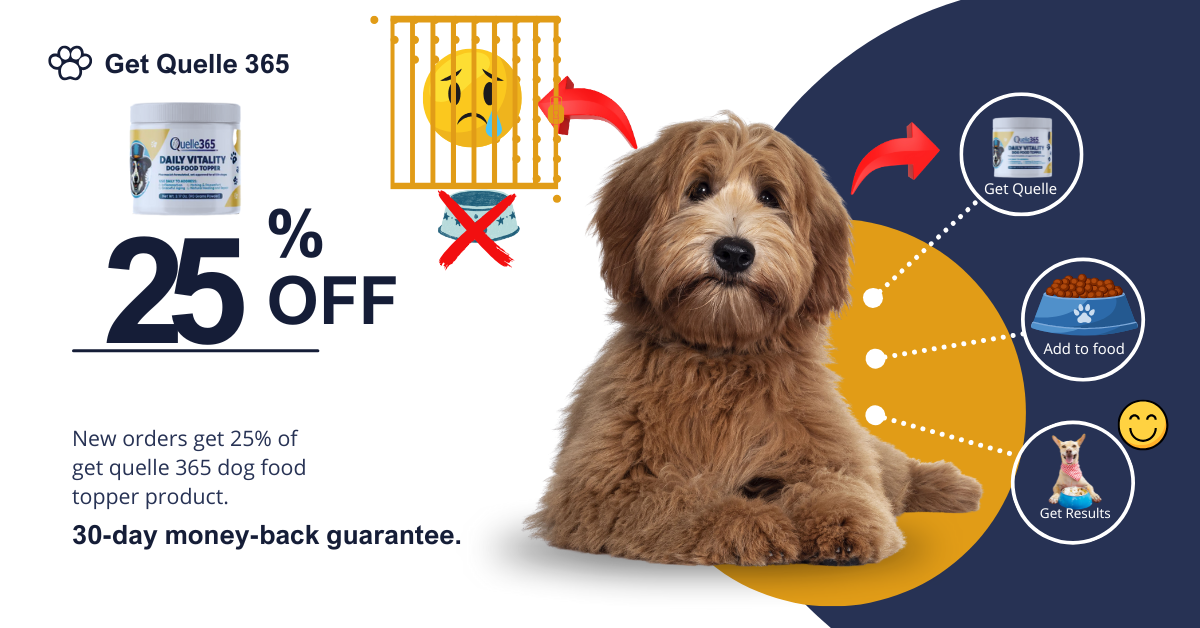How Jim Lanzone got top Silicon Valley talent ‘running towards the fire’ to revive Yahoo

When Jim Lanzone took the helm at Yahoo in 2021, he saw more than just a legacy internet brand battered by years of corporate missteps—he saw an opportunity. A serial turnaround specialist with stints at Ask Jeeves, CBS Interactive, and Tinder under his belt, Lanzone viewed Yahoo as the “white whale of turnarounds,” a company with deep roots, loyal users, and a product engine needing a serious overhaul.
“This is my third turnaround of a top 10 internet company,” Lanzone said in an exclusive conversation with Fortune at Cannes Lions. “We had to rebuild the team and the company from the ground up.”
Now three and a half years into what he calls a “multi-phase turnaround—fixing to rebuilding to innovating”—Lanzone is executing a transformation strategy that touches everything from product development to cultural renewal, all underpinned by a simple belief: a digital media brand is only as good as the products it delivers.
Product first, always
At the core of Lanzone’s philosophy is a laser focus on product quality.
“Everything for a major consumer internet company has to start with product,” he said.
Yahoo, which still boasts category leadership in properties like Yahoo Finance and Yahoo Fantasy, has refreshed every major product it offers.
“In the past nine months, every pixel on Yahoo is new,” Lanzone noted. “Every single product that we operate… is brand new.”
Only after fixing the user experience, he argues, can a company rekindle affection for the brand.
“You can’t do that until you actually fix the products first,” he said. “Especially at a consumer internet company where these are living, breathing products that people use every day.”
Yahoo poaching talent who wanted to ‘run towards the fire’
The transformation isn’t confined to user interfaces. Lanzone has overhauled Yahoo’s structure, recruiting top-tier talent from Silicon Valley—many of whom, like him, had no shortage of opportunities elsewhere.
“It surprised people how many great people wanted to run towards the fire here at Yahoo,” he said. “We brought in a great team and I think it got a lot of credibility pretty quickly.”
Among those who made the jump were chief marketing officer Josh Line, who joined from Paramount Global, and Rob Wilk, Yahoo’s global head of consumer sales, who left Snap.
That credibility was essential to Yahoo’s second act under private equity firm Apollo Global Management, which bought Yahoo from Verizon for less than $5 billion in 2021—a cool 96% reduction from its peak valuation of $125 billion.
Far from being a sunset operation, Yahoo has become one of Apollo’s fastest-returning deals.
“The playbook here for them has been growth,” Lanzone said. “We’re building here—not just trying to extract value from the parts—but build one Yahoo into a sustainable, great company for the next 30 years.”
How Lanzone turns companies around
As a product veteran, Lanzone puts data at the center of every decision. “The first thing you look at is the data,” he explained. “Who’s using it, how often, what do they love about it? What do they hate about it?”
Despite the many pivots in Yahoo’s corporate story—including stints under Verizon and an attempt to become a media and entertainment conglomerate—the company’s loyal user base never wavered.
“What we realized pretty quickly was that in the places we were strongest, it was because they were using Yahoo for the same reason they were 30 years ago,” Lanzone said. “We were the trusted guide to the internet… to help them navigate the digital wilderness.”
The original Yahoo motto—“Always Under Construction”—has taken on renewed meaning. “We always have to be evolving,” he said, “but on behalf of our users—not for some corporate reason.”
A Gen Z surprise for a dot-com darling
Perhaps most surprising, even to Lanzone, is Yahoo’s traction with younger users. “People are surprised that we’re top 5 with Gen Z,” he said. “Half of our audience is Gen Z and millennials.”
At the heart of the transformation is a cultural reset—one rooted in Yahoo’s founding ethos but adapted for the modern age.
In a symbolic move, Yahoo co-founder Jerry Yang returned recently to speak at a company-wide All Hands meeting, reinforcing the company’s original mission: to guide people through the internet and help them accomplish their goals online.
“That was the mission in 1995,” Lanzone said. “It’s the mission now.”
To get there, Lanzone believes leadership must be aligned and inspired. “You have to bring in great people who share your passion for the project,” he said. “People who want to make Yahoo great again.”
MYGA.
Source link







